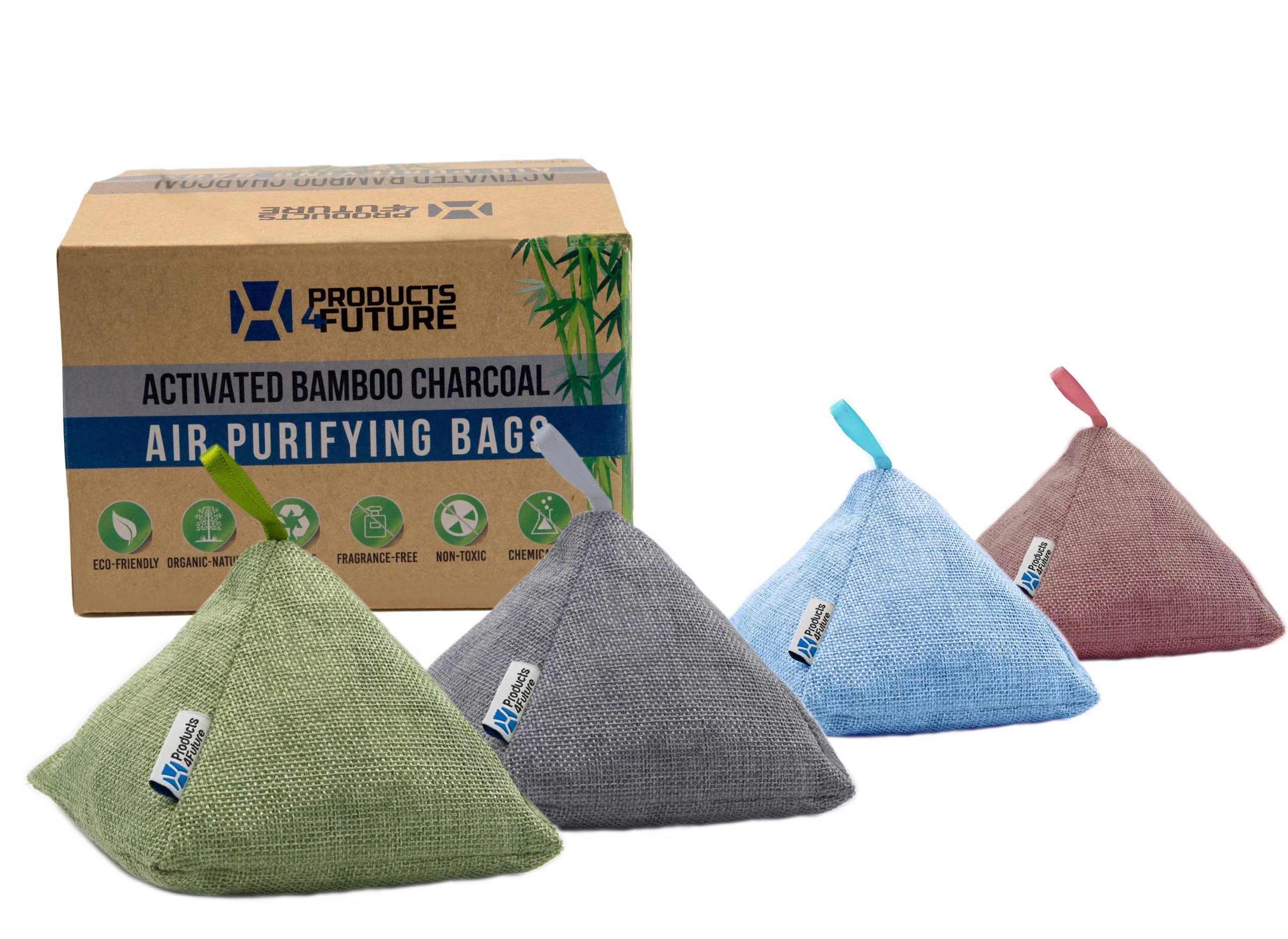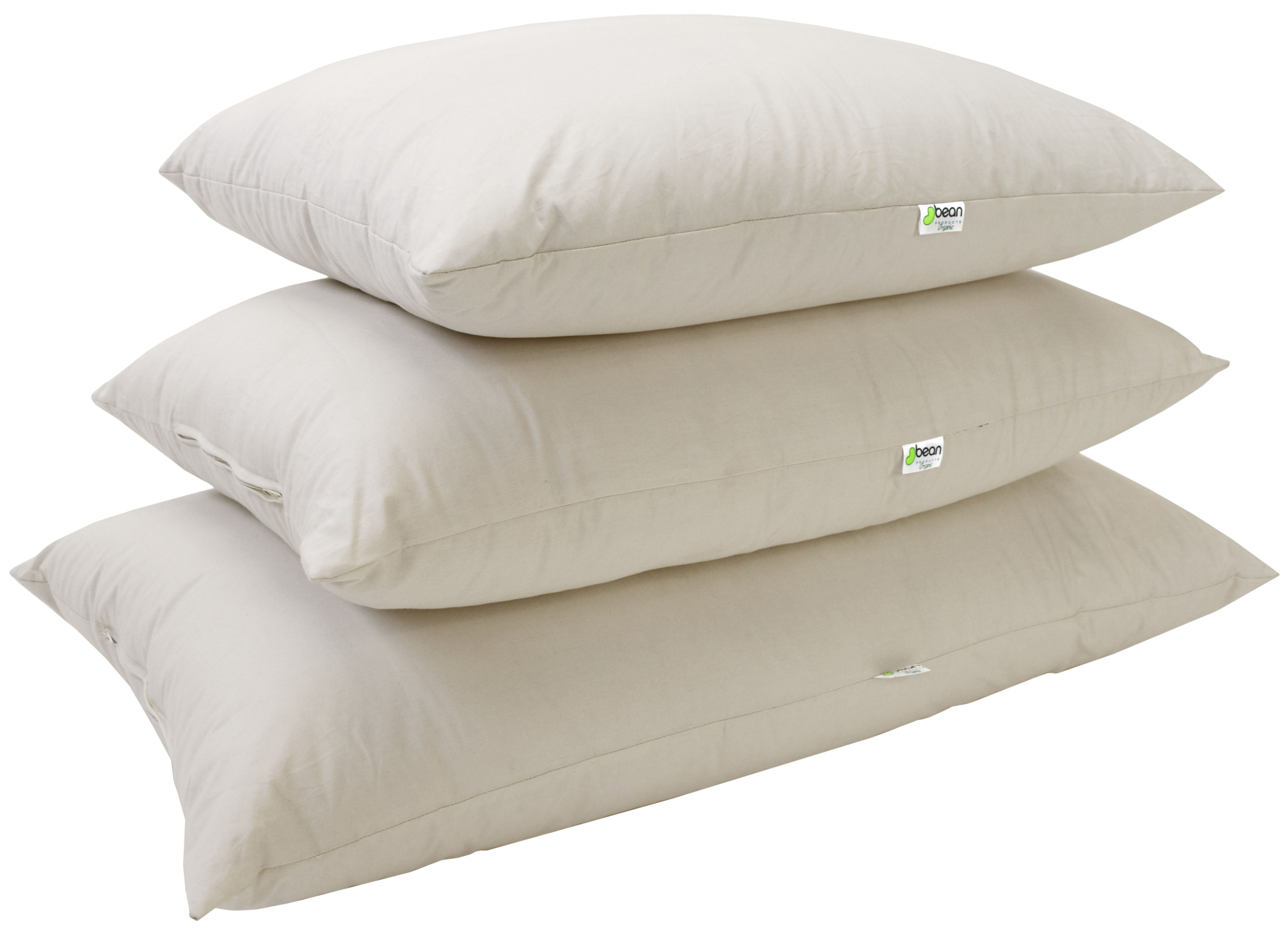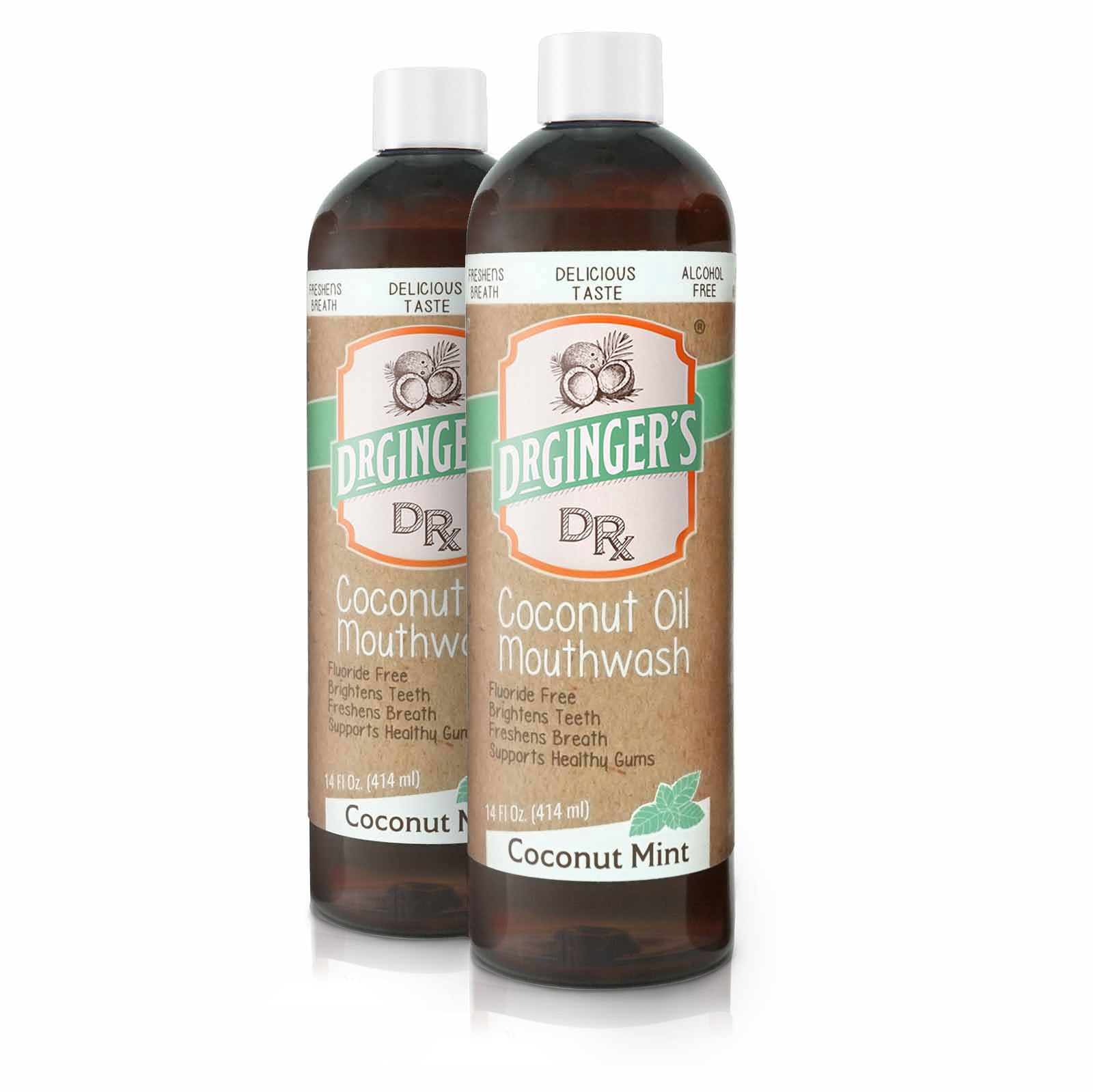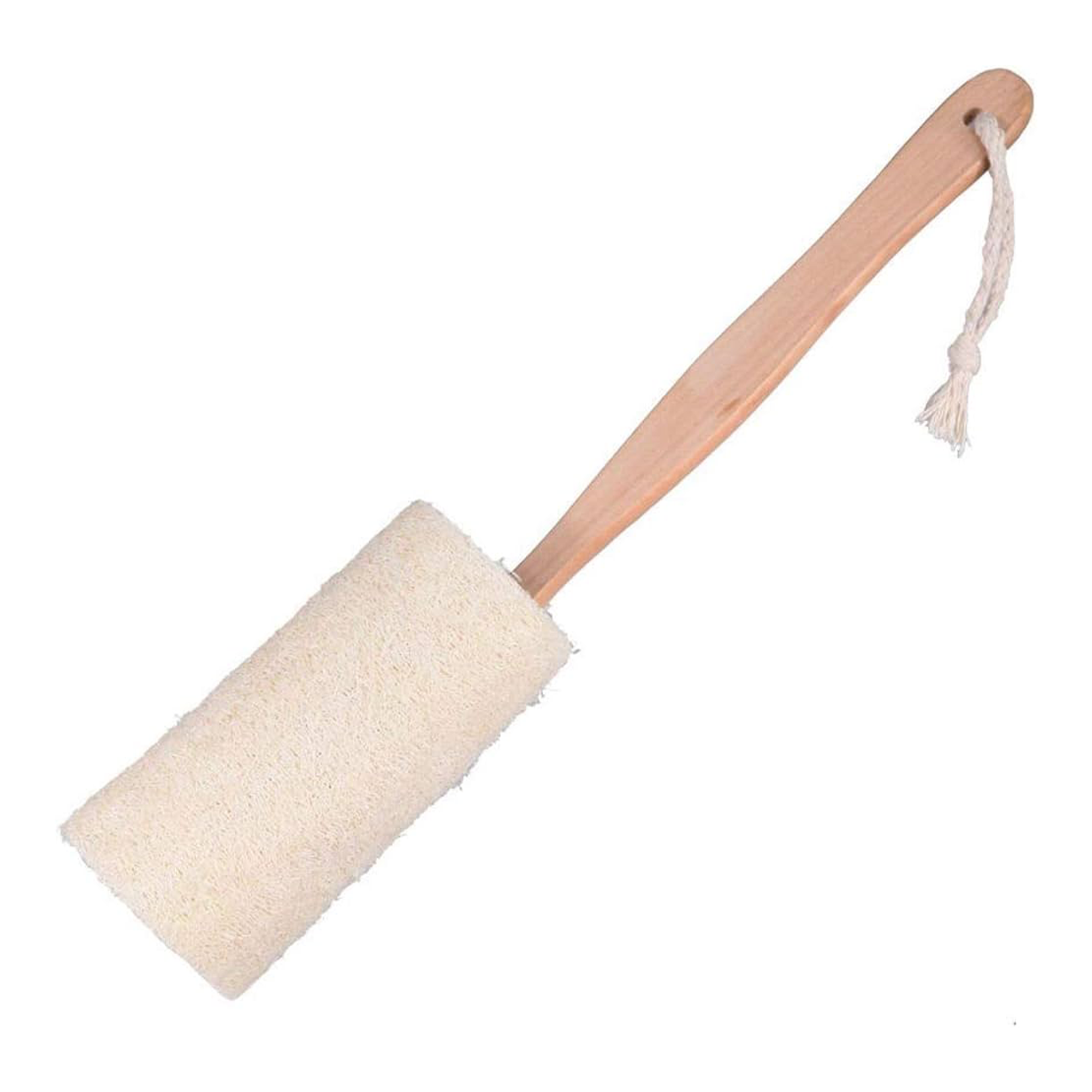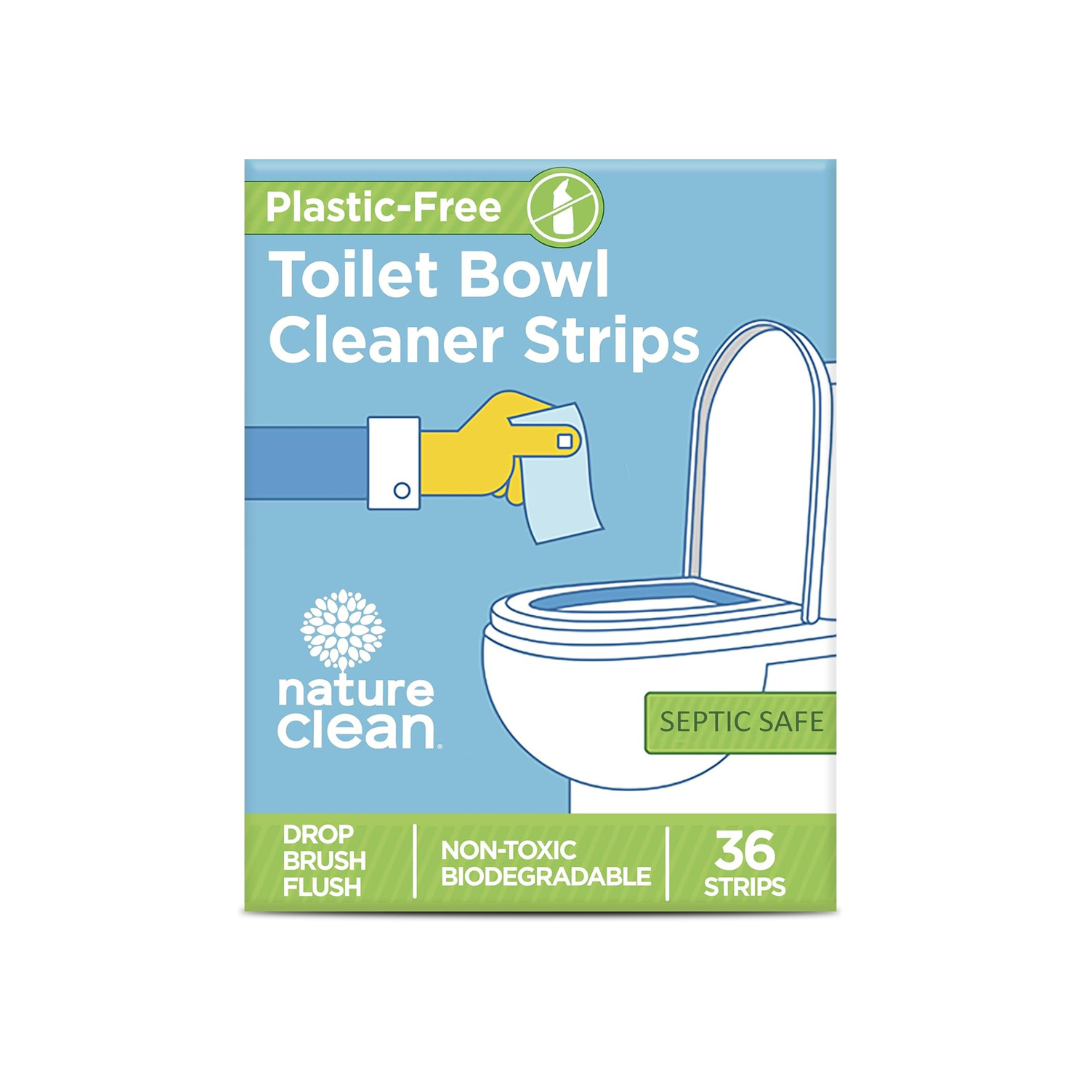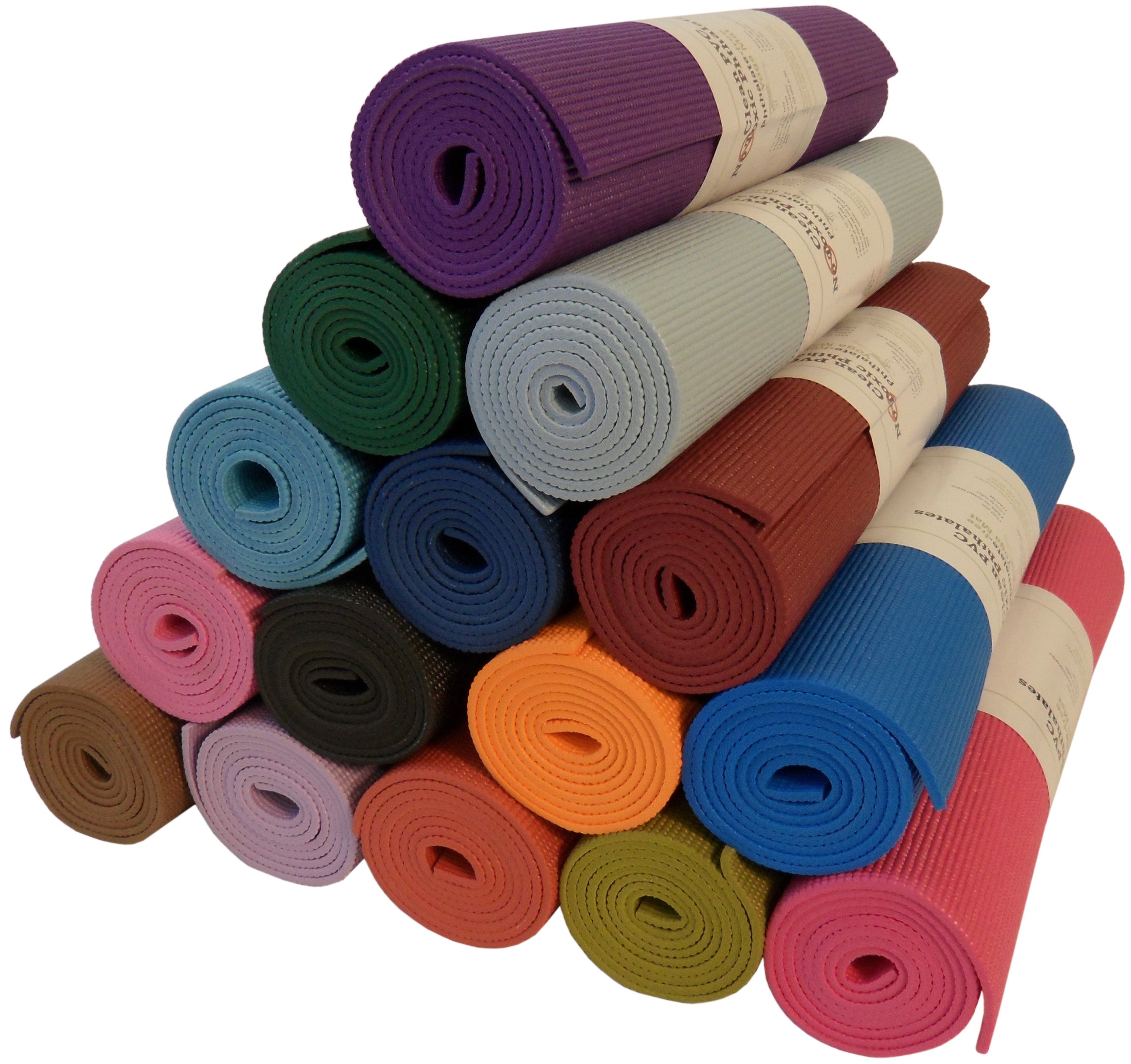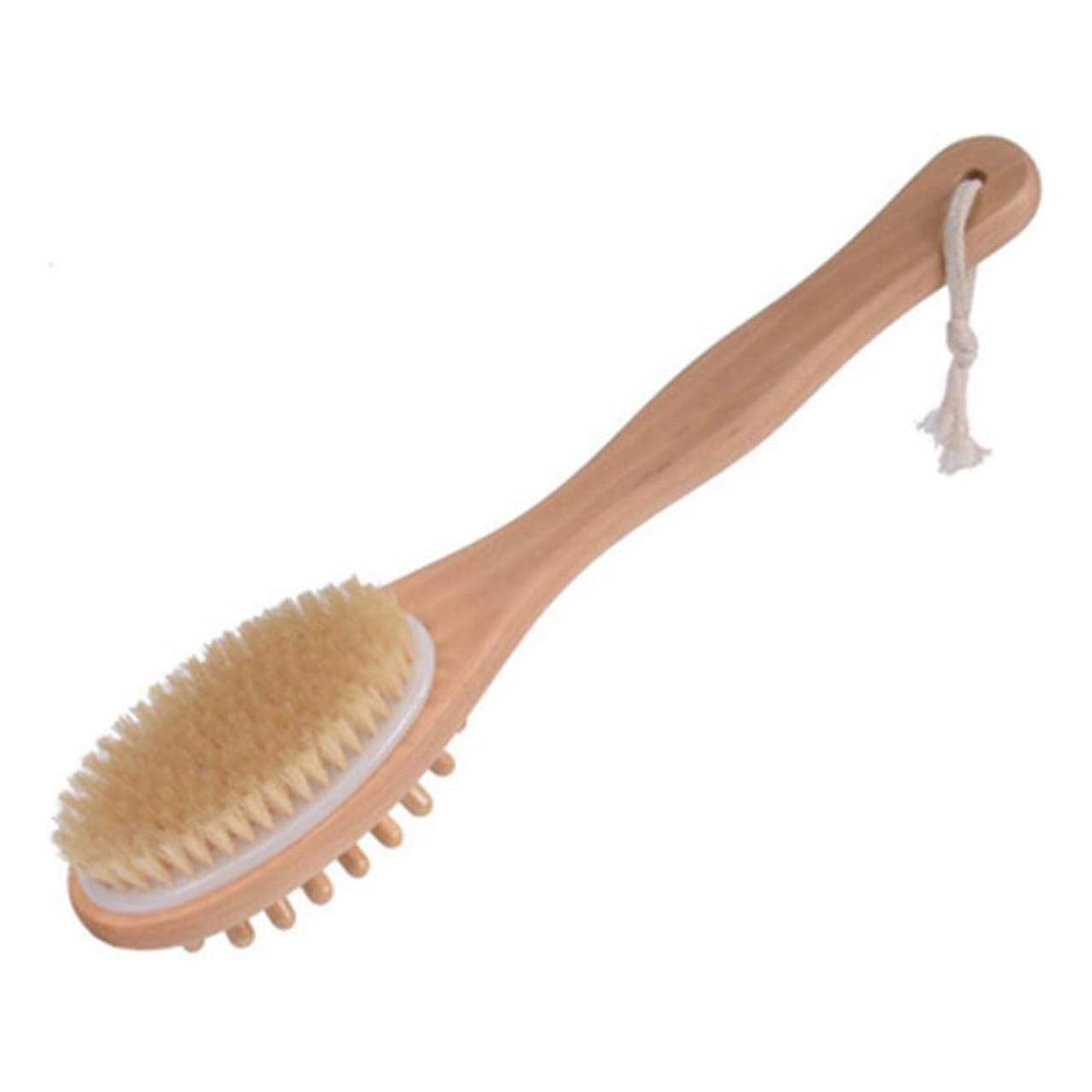As we face global challenges like climate change and resource depletion, the importance of using our water resources wisely cannot be overstated. In this comprehensive guide, we’ll explore ten simple yet effective ways you can reduce water usage right at home. Whether you're a seasoned eco-warrior or just starting your sustainable living journey, these tips are designed to help you make a meaningful impact on both the environment and your water bill.
Importance of Water Conservation
Water is the foundation of life. Yet, it's a finite resource that is under considerable stress due to factors such as population growth, industrial expansion, and environmental changes. Conserving water is vital not only for the sake of preserving the environment but also for ensuring that future generations have access to clean and safe water. By reducing our water footprint, we can help prevent water shortages, reduce the energy used in water processing and transport, and protect our ecosystems from further harm. Moreover, water conservation can significantly diminish our household expenses. Understanding the critical role water plays in our world underscores the need for responsible water management and conservation practices at every level of society.
Overview of Household Water Usage
In a typical American home, water usage is distributed across various activities: bathing, cooking, cleaning, and gardening. The Environmental Protection Agency (EPA) estimates that the average family uses more than 300 gallons of water per day at home. Here’s a breakdown of how that water is typically used:
-
Bathrooms (toilets, showers, and baths): approximately 50%
-
Kitchen and laundry (dishwashing, clothes washing): around 23%
-
Outdoor use (gardening, lawn care): about 30%
-
Other (drinking, cooking, cleaning): roughly 7%
These statistics highlight that much of our daily water consumption is not directly visible to us. It’s easy to overlook how much water we use, particularly when habits are ingrained. However, by becoming more aware of where and how water is used in our homes, we can start to make smarter choices that lead to significant conservation gains.
Understanding Your Water Footprint
Your water footprint goes beyond just the direct consumption of water (like drinking or showering); it also includes the indirect usage associated with the production of goods and services you consume. Understanding your complete water footprint is crucial to making informed decisions that contribute to water conservation. By assessing how much water you use, both directly and indirectly, you can identify significant areas for reduction and make changes that have a real impact on overall water conservation.
How to Measure Your Daily Water Usage
Measuring your daily water usage is the first step towards managing and reducing it. Here’s how you can start:
Read Your Water Meter: Check your water meter at the beginning and end of a 24-hour period without changing your water usage habits. Subtract the first reading from the second to find out how much water you used in one day.
Check Your Utility Bill: Most water bills provide a breakdown of your monthly water usage. You can use this to calculate your average daily usage.
Monitor Individual Activities: Use flow meters or measuring containers to track how much water is used by different activities, such as showering, washing dishes, or watering the garden.
Use Online Calculators: Tools like the Water Footprint Calculator can help estimate your household’s water use by factoring in variables such as appliance efficiency and personal habits.
Key Areas Where Water is Used in Homes
Water usage in homes generally falls into a few key areas:
Bathrooms: Toilets, showers, and faucets are the largest contributors to water use inside the house. Older toilets, for example, can use much more water per flush than newer, more efficient models.
Kitchen: Daily activities like dishwashing, cooking, and running the garbage disposal require significant amounts of water. Efficient practices and appliances can reduce this water use.
Laundry: Washing machines are another major source of home water use. Upgrading to an energy-efficient model can cut water consumption significantly.
Outdoor Use: This includes watering lawns and gardens, washing cars, and filling swimming pools. Strategic landscaping and irrigation practices can greatly reduce outdoor water use.
By understanding and measuring your daily water usage, and identifying the key areas of consumption within your home, you can effectively target your conservation efforts. Each section of your home offers opportunities for saving water, and even small changes can add up to substantial reductions in your overall water footprint. With this knowledge, you are well-equipped to make more sustainable choices that benefit both the planet and your pocketbook.
10 Simple Ways You Can Reduce Water Usage
1. Fix Leaks Promptly: Regularly check all faucets, pipes, and toilets for leaks. A single drip per second can waste more than 3,000 gallons per year. Fixing leaks not only saves water but also prevents water damage and mold growth in your home.
2. Turn Off the Tap: Teach family members to turn off the tap while brushing teeth, washing hands, or shaving. This simple habit can save up to 200 gallons of water per month.
3. Shower Smarter: Encourage shorter showers and consider installing a shower timer as a reminder. Switching to a water-efficient showerhead can also save up to 2,900 gallons per year.
4. Use Full Loads in Dishwashers and Washing Machines: Always run your dishwasher and washing machine with full loads. This practice maximizes efficiency and reduces the number of cycles you run each week.
5. Water Plants Wisely: Water your garden and plants during the early morning or late evening to minimize evaporation. Use a watering can instead of a hose for more targeted watering, and consider drip irrigation systems for landscape areas.
6. Collect Rainwater: Use rain barrels to collect water from your roof that can be used for watering gardens and lawns. This not only reduces your water bill but also helps in managing stormwater runoff.
7. Flush with Less: If you haven't yet upgraded to a low-flow toilet, consider placing a displacement device in the tank to reduce the amount of water used per flush. Avoid using the toilet as a wastebasket for tissues and other small waste.
8. Soak Pots and Pans: Instead of letting the water run while you scrub pots and pans, soak them first. This reduces the need for prolonged scrubbing and water use.
9. Sweep, Don't Hose: Use a broom to clean driveways, sidewalks, and steps rather than hosing them down. This simple switch can save gallons of water each time.
10. Educate Your Family: Make water conservation a family affair. Educate your children about the importance of water conservation and encourage them to come up with their own water-saving ideas. This not only spreads awareness but also instills responsible habits from a young age.
Conclusion
In conclusion, embracing water-saving practices at home is not only essential for the health of our planet but also for ensuring sustainable water use for future generations. By implementing the simple strategies outlined in this blog, you can significantly reduce your household's water consumption, save on utility costs, and contribute to a healthier environment. Remember, every drop counts, and your efforts in conservation can make a substantial difference.
We encourage you to continue exploring ways to live sustainably and to share these practices with friends and family. For more tips and insights on leading a greener lifestyle, visit us at Flora. Also, don't forget to check out our latest articles on sustainable living at Flora Blog for more inspiration and actionable advice.




